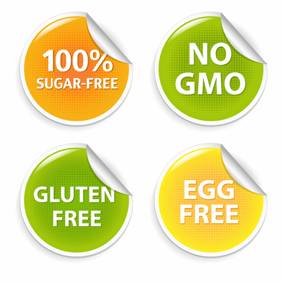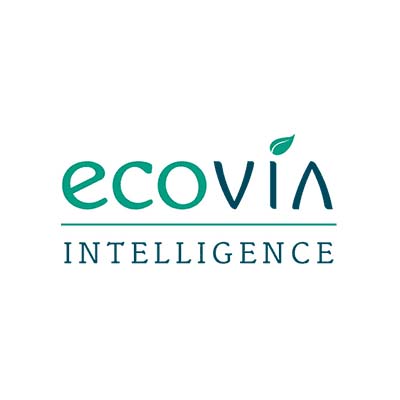 Clean labels are becoming ubiquitous in the food industry, with a growing number of companies marketing their products with ‘free-from’ labels. Ecovia Intelligence (Organic Monitor) finds that the mushrooming number of free-from claims is bringing many challenges.
Clean labels are becoming ubiquitous in the food industry, with a growing number of companies marketing their products with ‘free-from’ labels. Ecovia Intelligence (Organic Monitor) finds that the mushrooming number of free-from claims is bringing many challenges.
Organic is the largest clean label in the food industry. Certified organic products represent agricultural products grown without certain synthetic pesticides, fertilisers and growth promoters. Since the introduction of formal standards in the 1990s, the global market for organic products has grown from almost nothing to USD 64 billion.
In North America, GM-free is the fastest growing clean label, representing food products not containing genetically modified organisms. The market for Non-GMO Project verified products expanded by over 20% to USD 5 billion last year. Clean label is also getting political traction, with politicians succumbing to consumer demand for transparency in food supply chains. Vermont has just announced the state will introduce mandatory labelling of GM foods.
As shown at the European edition of the Sustainable Foods Summit, free-from ingredient labels are showing most growth in Europe. Initially sought after by consumers with food sensitivity, demand for gluten-free and dairy-free products has broadened to make them the dominant sectors. Non-dairy is becoming so popular that their market share of total drinking milk sales is approaching 5% in some countries. Originally confined to health food shops, dairy alternatives to milk, yoghurts, and desserts, are now fixtures in mainstream retailers. Almost all supermarkets in Western Europe are offering such products under their private labels.
Gluten-free is following a similar growth trajectory, with many companies re-formulating bakery and cereal products to remove wheat, barley, and other gluten sources. In spite of their popularity, there are few formal standards for such free-from ingredient claims. Thus, unlike organic and GM-free, free-from products lack uniformity of labels and usually do not have third-party verification.
Clean labels do not always provide transparency. Consumers are turning to clean labels, such as organic, dairy-free, gluten-free, GM-free as they would like assurances products do not contain potentially contentious ingredients. However, the absence of such ingredients does not provide traceability. Indeed, clean labels can also be concealed. Halal, arguably another clean label, is given to food products made in accordance to strict Islamic principles. In the UK, there is growing disquiet that Halal meat products are marketed to non-Muslims without proper labelling.
There is also a danger of clean labels over-reaching. Gluten-free labels are now on products like yoghurts that never contained gluten. In Asia, Halal labels are on products like toothpaste. Without industry standards and labelling consistency, such free-from claims could become self-defeating. A decade ago, natural claims were all the rage in North America; the proliferation in natural labels and logos led to consumer distrust and anathema. There is a concern that clean label may follow the same route; consumers may turn to food products that are ‘free from’ such claims.
Sustainable Foods Summit
The future development of clean labels was featured at the European edition of the Sustainable Foods Summit (June 2014). Industry experts gave an update on developments in organic, gluten-free, dairy-free and other labels at the summit. This executive summit now takes place in the major geographic regions of the world: Europe, North America, Latin America and the Asia-Pacific. More details are on the website
Posted: 12th May 2014
For permission to publish our research insights, please contact our media department

